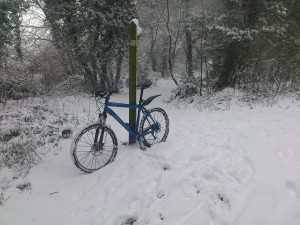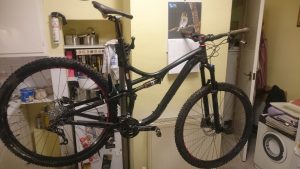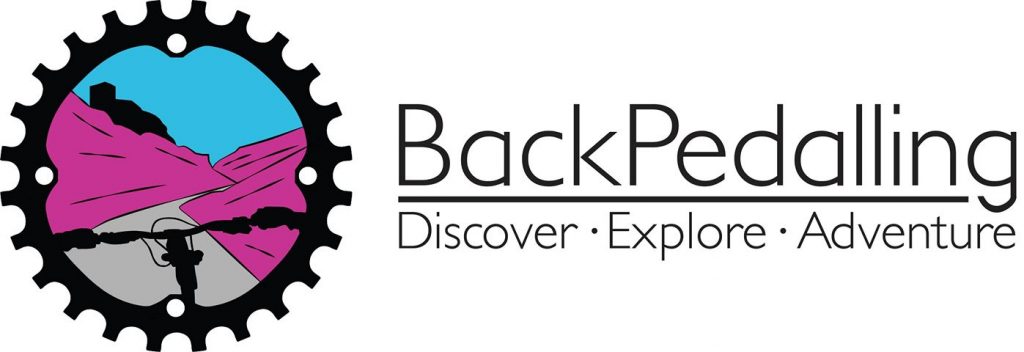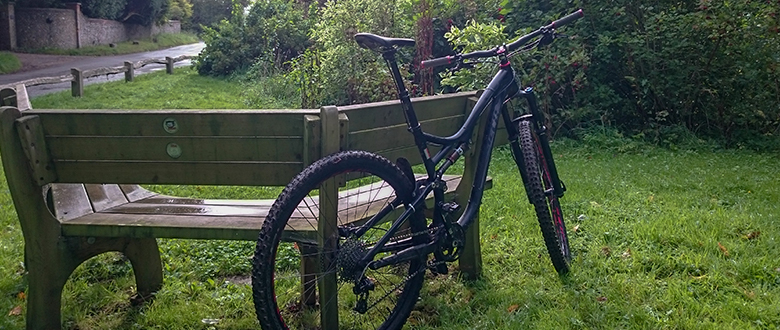The recent “it costs how much?” bunfight over Fox Suspension’s new Live Valve has got me thinking about the costs of mountain biking. How much do you need to spend to have fun?
Seriously, how much?
Pivot Cycles have just released a mountain bike that, at full retail, costs over $11,000.
I’m going to let that sink in for a moment…
$11,000 for a push bike
…yes, for a push bike. Now, there have been very expensive bikes before. My roadie chums will probably be able to point to half a dozen or so such “super machines” whose costs cause you to boggle. Equally, there have been articles about for a while about “the most incredible superbike” but they’re usually made by Porsche or Givenchy or another company that has no heritage in bikes. They’re not designed to be ridden, they’re designed to be photographed and have articles written about them.
The Pivot is different. Pivot have been in mountain biking for a long time, they have a reputation and caché within the community. This bike has, undoubtedly, been designed to be ridden. Apparently, it rides quite well too. It does, though, cost more than my car.
So, the question then becomes:
Do I need to buy a bike that costs a small fortune to go riding?
Do I heck!

Me and my stumpy: best of friends
You really don’t. I always dread the question “was it expensive?” because that depends entirely on your definition of expensive. Was my work bike expensive? Well, if you think that a few hundred quid is a lot of money, then yes it was expensive. On the other hand, if I need a bike where the suspension, brakes, gears and everything else work, day in and day out and will handle pretty much whatever I throw at them then it was a bargain. Even more so when I factor in that it’s within its comfort zone long after I’m out of mine.
But, if I weren’t doing this for a living, I probably wouldn’t need it.
It’s worth noting that the previous bike I rode for a decade cost a quarter of the retail price of this one. I was happy and quick enough on it. Yes, things got a bit hairy when I took it into big mountains, but most of the time, it was a lot of fun. I’m still riding the same local trails I rode on that hardtail, and still enjoying them.

Happy man, dirty bike
Let’s go back in time
My first mountain bike, the one that bit me with the bug back in the nineties cost about £200. It had 18 whole gears and rim brakes that didn’t work in the rain. It had a threaded headset that needed constant tightening with a spanner I didn’t own. It had tiny wheels and tyres with virtually no traction. And it had no suspension. It was great, and I had a great time riding it. I rode it for years and years until it finally wore out. At no point did I feel that I needed a “better” bike to have fun.
By modern standards, it was rubbish. But that didn’t stop me having an absolute blast on it.
When I returned to riding, I lived in Glasgow. Technology had advanced hugely and changed things. My next bike cost £600. Which I thought was an astronomical sum of money. It was, compared to my old Raleigh, incredible. It enabled me to tackle rougher terrain with a suspension fork. It stopped in the wet (a big deal in the West of Scotland) because of disc brakes. It was great. I had a cracking time pushing my boundaries and the limits of what fear would let me ride.
And then it got stolen.
Back to the future, the costs of innovation
That brings me to the bike I mentioned earlier, the one that’s still in the shed, the one on which I’ve been for adventures all over the country. The one on which I set some Strava PRs that my shiny full bouncer can’t match. The one that I commuted on for years. The one I’m still very fond of.

Snow day
It’s also the one that, after years of abuse, I put out to pasture a few years back.
Spending a bunch of money will get you an amazing bike. It’ll get you a bike that is lightning quick, or unruffled in any situation. It’ll get you one with awesome wheels or buttery-soft suspension. It’ll get you a bike that people will keep stopping you to talk about. There is much to be said for the advantages of most of those things.
Is it necessary to get out and ride? Nah.
In fact, sometimes, it’s counter-productive. Recently, the rear shock on my Stumpy exploded (literally, the oil that makes it work squirted out over my feet and the bike) while I was on my way to meet a client. Yes, I could render it so I could do the ride and get home, but fixing it properly was beyond my ken. So, off it went by courier to a service centre where people who know about the inner workings of these things set about making it work again.

Workstand
At that point I was hankering after the cheap simplicity of my old hardtail.
Andy, answer the question! What do I actually need?
What you really need is a bike with wheels that go round, gears that make it easier/harder to turn the peals and brakes that stop the wheels going round. The next step is a suspension fork to make things a little more comfortable, but that’s what you really need to get out and ride.
That’s it. Yes, full suspension makes life easier and more comfortable, a dropper seatpost will change the way you ride, a carbon frame will make the bike much lighter and a wider range of gears will help you get up hills. But you can have a lot of fun riding your bike without spending a fortune.
Come out with me and explore and I’ll show you how.

